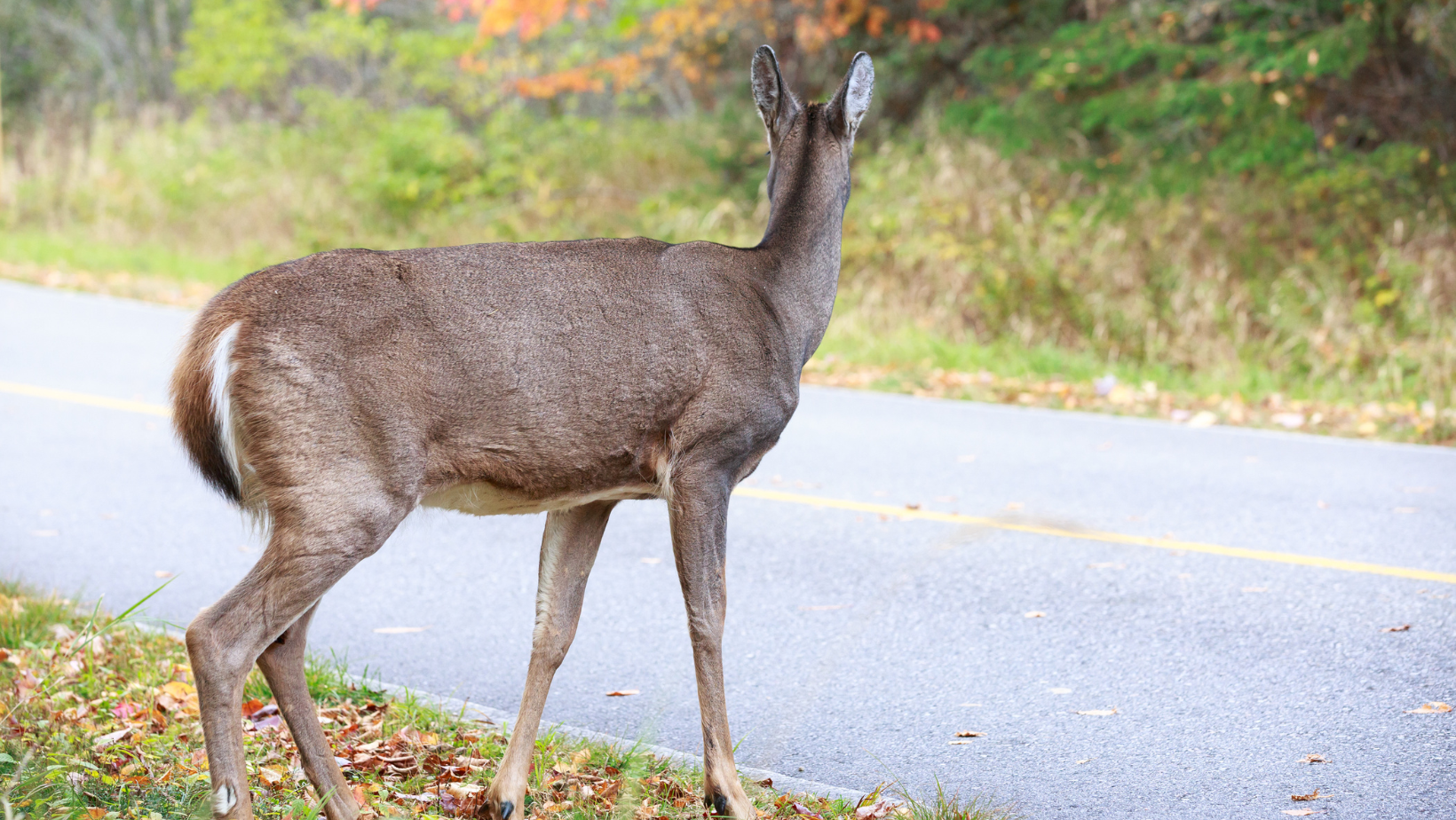How to Avoid Deer-Vehicle Accidents: Tips & Strategies
Introduction
Deer crashes in Massachusetts reached an alarming peak in 2021, with 1,656 collisions recorded during the peak season for such accidents. This surge in deer-vehicle incidents serves as a stark reminder of the importance of vigilance when driving, especially during this time of the year. Hitting a deer can result in traumatic and costly consequences, making it crucial for drivers to be well-prepared and alert. In this blog post, we will explore effective strategies and tips to help you avoid deer-vehicle accidents based on valuable insights and data provided by AAA Northeast.
Understanding the Deer Collision Problem
Before delving into the preventative measures, it’s important to grasp the scope of the issue. The data collected by AAA Northeast reveals that Massachusetts experienced a record high of 1,656 deer-vehicle collisions during October to December 2021. This translates to one collision occurring approximately every 80 minutes. Most of these accidents happened near sunset, during the afternoon commute, when visibility is reduced, and the risk of encountering deer is high.
Key Factors Contributing to Deer Crashes
- Location Matters: Some areas in Massachusetts are more prone to deer crashes than others. Middleborough led the state with 33 collisions, followed by Westport with 32 and Taunton with 31. Bristol County had the highest number of deer crashes at 282, followed by Middlesex County (277) and Worcester County (261).
- High-Risk Times: The end of daylight saving time is a particularly high-risk period for deer crashes. Drivers tend to encounter deer more frequently as they adjust to darker commutes, with most accidents occurring between 6 p.m. and 8 p.m. before daylight saving time ends and between 7 p.m. and 9 p.m. after it ends.
Preventative Measures to Avoid Deer-Vehicle Accidents
- Scan the Road: Actively scan the road and be vigilant during high-risk times of the day, especially during dawn and dusk. Keep an eye on the sides of the roads for reflective eyes, which could indicate deer nearby.
- Use High Beams: If you’re driving along dark roadways with no oncoming traffic, use your high beams to increase visibility. This can help you spot deer before they enter the road.
- Heed Deer Signs: Pay attention to deer highway signs; they are placed in areas with a higher volume of deer activity. These signs serve as an alert to be extra cautious.
- Reduce Speed: Driving at or below the speed limit is a crucial safety measure. Slower speeds give you more time to react to unexpected wildlife movements.
- Horn Usage: If you spot a deer, honk your horn. A loud horn can frighten animals away from your car if you signal them early enough.
- Beware of Multiple Deer: Remember that deer rarely travel alone. If you see one, be prepared for others to follow.
- Stay in Center Lanes: In high-risk areas, drive in the center lanes farthest from the sides of the road. This provides a buffer zone and reduces the risk of a collision.
- Braking Technique: If a collision with a deer seems unavoidable, apply the brakes firmly and try to remain in your lane. Avoid sharp swerving, as it can lead to a more serious crash. Instead, slow down as quickly and safely as possible.
- Look Out for Deer-Crossing Signs: Keep an eye out for deer-crossing signs and wooded areas where deer are likely to travel. If you commute along the same route daily, take note of areas where you regularly spot deer.
- Buckle Up: Wearing your seat belt is the best defense against minimizing your risk in a crash. Studies show that a significant number of people killed in animal-vehicle collisions were not wearing their seat belts.
What to Do if You Hit a Deer
Even with the best precautions, accidents can still occur. If you find yourself in a collision with a deer, follow these steps:
- Pull Over: If possible, pull over to a safe spot on the side of the road. Turn on your hazard lights, and if you can do so safely, shine your headlights on the animal.
- Call 911: Notify the authorities about the accident. They can assist with any injured passengers and manage the situation.
- Check for Injuries: Examine passengers for injuries. Even if there are no visible injuries, shock can set in quickly, so try to reassure everyone. In cold weather, put on warmer clothing to ward off cold, as shock or fear can increase vulnerability to cold temperatures.
- Avoid the Deer: Do not approach the injured deer. It may kick out in fear and pain, posing a risk of severe injury to you. Injured deer are often in a state of shock and can panic if touched.
- Road Blockage: If the deer blocks the road, activate your hazard lights and headlights and keep your car stationary. Only attempt to move the animal if you are absolutely certain it is dead.
Conclusion
Deer-vehicle collisions are a serious and prevalent issue in Massachusetts, particularly during the peak season between October and December. However, by following the preventative measures outlined above and staying informed about high-risk areas and times, you can significantly reduce your chances of encountering deer on the road and increase your safety while driving. Remember that vigilance, responsible driving, and preparedness are your best allies in avoiding deer-vehicle accidents. Stay safe on the roads, and protect yourself, your passengers, and the local wildlife!

